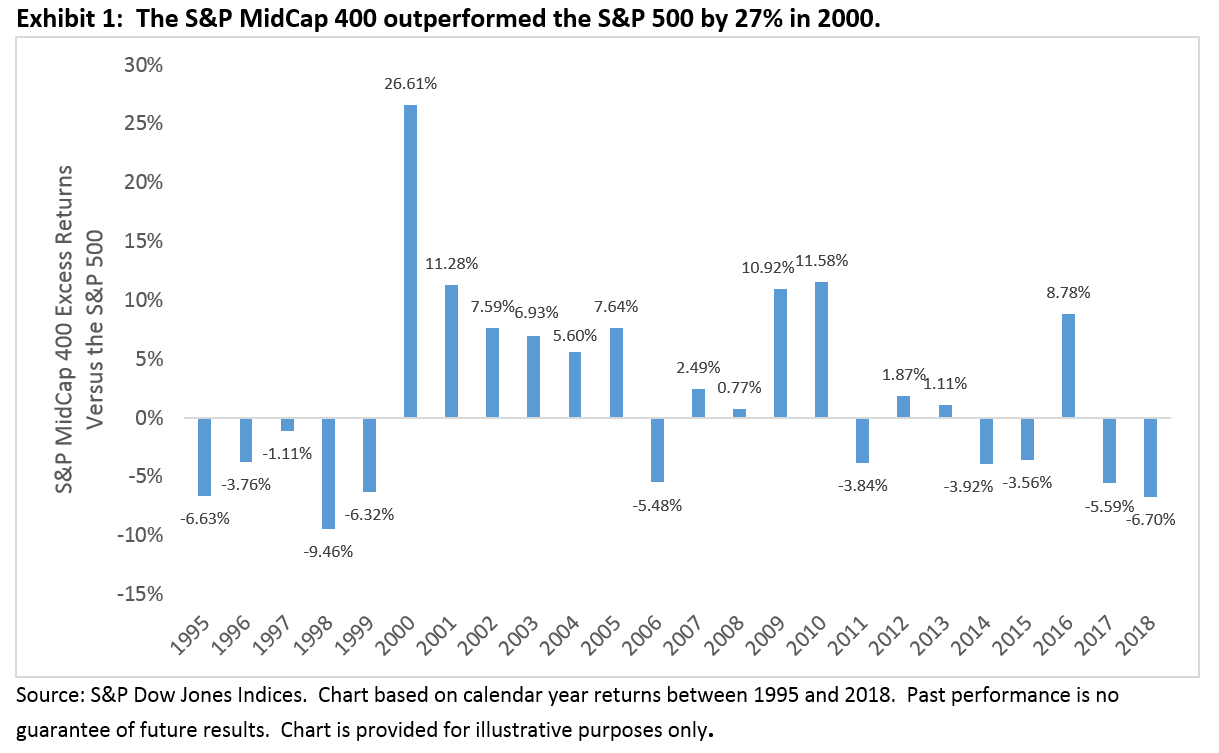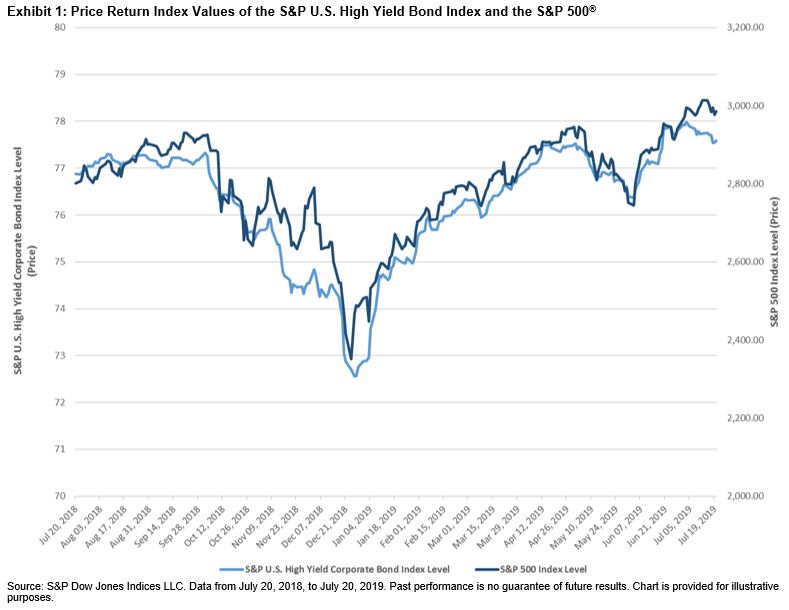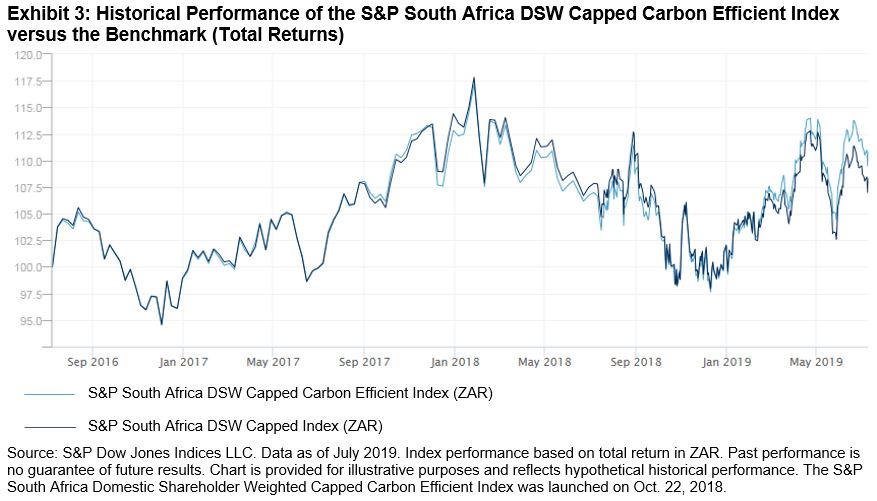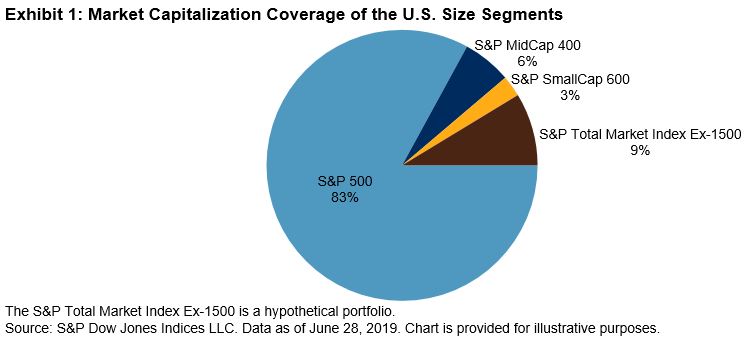As most global markets and regions have performed well in the first half of 2019, it is great to see that Latin America has kept up with its more developed regional counterparts, although at a slower pace. The S&P Latin America 40 was up 3.4% for the quarter and 11.5% YTD. Similarly, the broader S&P Latin America BMI with its 285 stocks returned 5.0% and 14.1%, respectively. The S&P 500®, S&P Europe 350®, and S&P Global 1200 had strong returns, ranging from 4% to 5% for the quarter and from 16% to 19% YTD.
Sector indices in Latin America had a mixed quarter, with Health Care, Industrials, and Utilities outperforming, and Materials, Energy, and Communication Services posting negative returns.
Looking at countries in the region, Brazil has continued to generate some of the best returns in South America, particularly when looking at risk-adjusted returns. The S&P Brazil BMI had a strong quarter, returning nearly 7% in BRL and just over 8% in USD. On the other hand, Mexico struggled to remain in positive territory for the quarter, with the total return version of the S&P/BMV IPC generating just over 1% for the quarter in MXN and over 2% in USD. For the year, however, Mexico has managed to hang on to decent returns, with the index hovering at nearly 6% YTD in MXN. Smaller markets like Chile, Colombia, and Peru had a challenging quarter. Colombia was nearly flat, while Chile and Peru posted negative returns, with the S&P/CLX IPSA returning almost -4% in CLP and the S&P/BVL Peru Select down nearly 3% in PEN. Last but not least, Argentina had an outstanding quarter, with the S&P MERVAL Index yielding nearly 25% in ARS for the period, although its mid-term volatility in local currency, as measured by standard deviation, was the highest in the region.
Each country seems to be dealing with domestic issues, while also managing global matters that affect their respective markets. Several countries in the region are working toward economic reforms, like Brazil and its long-awaited pension reform, which has finally passed a critical first vote but still has many hurdles to overcome before it becomes law. Nevertheless, it is a step in the right direction for bringing growth to the Brazilian economy. Argentina’s economy has continued to struggle, although economists agree that, despite an economic contraction in 2019, there is still great potential for growth in 2020. Newly signed trade agreements between Mercosur and the EU promise to bring economic growth to Brazil and Argentina. Meanwhile, Mexico has had economic challenges of its own. There is a consensus among economists that, due to uncertainty of the government’s policies, investor confidence is weak in the country. The U.S.-Mexico-Canada trade agreement has still not been settled, and the recent resignation of Mexico’s finance minister adds to the instability and to the negative outlook of the country’s economy. Further south, Chile’s largest companies, including Empresas CMPC, Copec, and AntarChile, were affected by the drop in pulp and copper prices and weak demand for those products. Chile is also working with China to expand its trading options, with recent agreements between the two countries promising a new venue for Chilean agricultural exports.
As we move to the second half of the year, it will be interesting to see how Latin American markets continue to develop amid reforms among neighbors and new policies with more distant countries, like the U.S. and China.
For more information on how Latin American benchmarks performed in Q2 2019, read our latest Latin America Scorecard.
The posts on this blog are opinions, not advice. Please read our Disclaimers.
























































